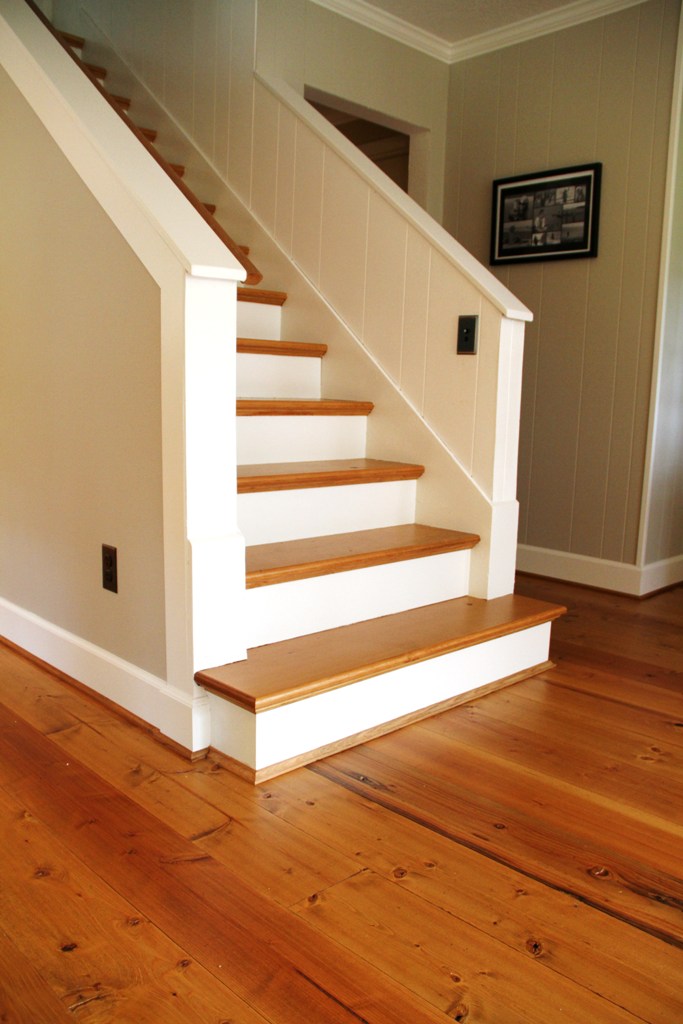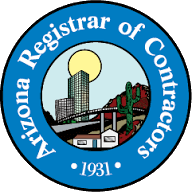Home remodeling is more than just updating your space; it’s about transforming your house into the home of your dreams. Whether you’re looking to increase the value of your property, accommodate a growing family, or simply refresh your living environment, a well-planned remodel can make a world of difference. In this post, we’ll walk you through the process of planning a home remodel from start to finish, offering tips and insights to help you achieve your vision.
The Planning Phase
Assessing Needs and Setting Goals
Before you pick up a hammer or search for a home remodeling near me contractor, take a moment to assess your needs. What do you want to achieve with your remodel? Maybe you need more space or want to modernize your kitchen. Perhaps it’s about energy efficiency or creating an open floor plan. Clearly defining your goals will guide every decision you make throughout the remodeling process.
Once you’ve outlined your goals, prioritize them. Not everything can be done at once, so decide what’s most important. This will help you maintain focus and avoid getting overwhelmed by the scope of your project.
Creating a Budget
Budgeting is a crucial step in planning a remodel. It keeps your dreams grounded in reality. Start by researching the average costs for similar projects in your area. This will give you a baseline to work from. Remember to factor in unexpected expenses, which can arise during any remodeling project. A contingency fund of about 10-20% is usually a good idea.
Once you have a rough estimate, align your budget with your financial situation. Consider financing options such as home equity loans or personal loans if needed. It’s crucial to ensure that your remodeling plans are financially feasible.
Researching Remodeling Contractors and Architects
Choosing the right professionals is vital for a successful remodel. Start by asking for recommendations from friends, family, or neighbors who have recently completed similar projects. Online reviews and ratings can also provide valuable insights into a contractor’s reputation.
When meeting with potential contractors and architects, ask about their experience with home remodels like yours. Check their credentials, licenses, and insurance to ensure they are qualified for the job. Don’t hesitate to request references and view their past work to gauge their expertise and style.
Designing Your Dream Space
Defining Your Style and Gathering Inspiration
Your home should reflect your personal style. Start by collecting inspiration from various sources like magazines, websites, and social media platforms like Pinterest. Create a mood board to visualize your ideas and identify common themes.
Consider how your style preferences fit with your home’s existing architecture. It’s essential to find a balance between your desires and the practical aspects of design. This is where working with professionals can be especially beneficial.
Collaborating with Professionals
Once you have a clear vision, collaborate with an architect or designer to bring your ideas to life. They can help translate your inspiration into functional layouts and designs. Their expertise ensures that your space is not only beautiful but also practical.
During this phase, stay open to suggestions from professionals. They might propose solutions that you hadn’t considered, which can enhance the overall design.
Making Decisions on Materials, Colors, and Finishes
Materials and finishes play a significant role in the look and feel of your remodel. Consider durability, maintenance, and cost when selecting materials. For example, while marble countertops are stunning, they require more upkeep than quartz.
Discuss your options with your designer and contractor. They can recommend materials that suit your aesthetic and budget. When choosing colors, consider how they will interact with natural light and existing decor.
Navigating Local Regulations
Understanding Building Codes and Zoning Laws
Before construction begins, it’s essential to familiarize yourself with local building codes and zoning laws. These regulations govern what modifications are allowed on your property. Violating them can result in costly fines and delays.
Consult with your contractor or architect to ensure compliance. They are usually well-versed in local regulations and can help you understand what’s permissible.
Obtaining Permits and Approvals
Most remodeling projects require permits from local authorities. This ensures that the work meets safety standards. While it might be tempting to skip this step, doing so can lead to complications down the road.
Your contractor can usually handle the permit application process for you, but it’s wise to stay informed. Knowing what permits are needed and tracking their status can prevent unnecessary delays.
The Remodeling Process
Preparing Your Home
Preparation is key to a smooth remodeling process. Clear out the areas where work will be done and protect furniture and belongings from dust and debris. Consider setting up a temporary kitchen or living space if major areas of your home will be affected.
Communicate with your contractor about the project’s timeline and any potential disruptions. Being prepared can help minimize inconvenience during construction.
Managing the Timeline
One of the biggest challenges in remodeling is adhering to the timeline. Delays can happen due to unforeseen circumstances, like weather or supply chain issues. Regular communication with your contractor is crucial to staying on track.
Discuss any changes to the timeline as soon as they arise. Adjusting expectations can reduce stress and ensure a smoother process.
Dealing with Unexpected Challenges
Despite careful planning, unexpected challenges can occur. Whether it’s hidden structural issues or supply delays, being flexible and prepared to make decisions is essential.
Work closely with your contractor to address problems promptly. They can offer solutions and alternatives to keep the project moving forward.
Adding the Finishing Touches
Installing Fixtures and Final Details
The final phase of your remodel involves installing fixtures, appliances, and finishing touches. This is where your vision truly comes to life. Ensure that all items are accounted for and ready for installation to avoid last-minute delays.
Take the time to inspect the quality of each installation. Address any issues immediately to ensure everything meets your expectations.
Cleaning Up and Inspecting Work
Once the work is complete, thorough cleaning is essential to remove dust and debris. Inspect the finished space with your contractor to address any remaining concerns. Make sure everything functions as it should before settling in.
A final inspection ensures that your remodel meets safety and quality standards. It’s your chance to ensure that every detail aligns with your vision.
Conclusion
Planning a home remodel is a rewarding but complex process. From setting goals and creating a budget to designing your dream space and navigating regulations, each step requires careful consideration. By following this guide, you’ll be well-equipped to transform your home with confidence.
Remember, the key to a successful remodel is thorough planning, effective communication, and flexibility. We invite you to share your remodeling experiences and results with us. If you’re ready to explore more about home improvement, check out our related blog posts or contact our team for personalized guidance. Happy remodeling!


